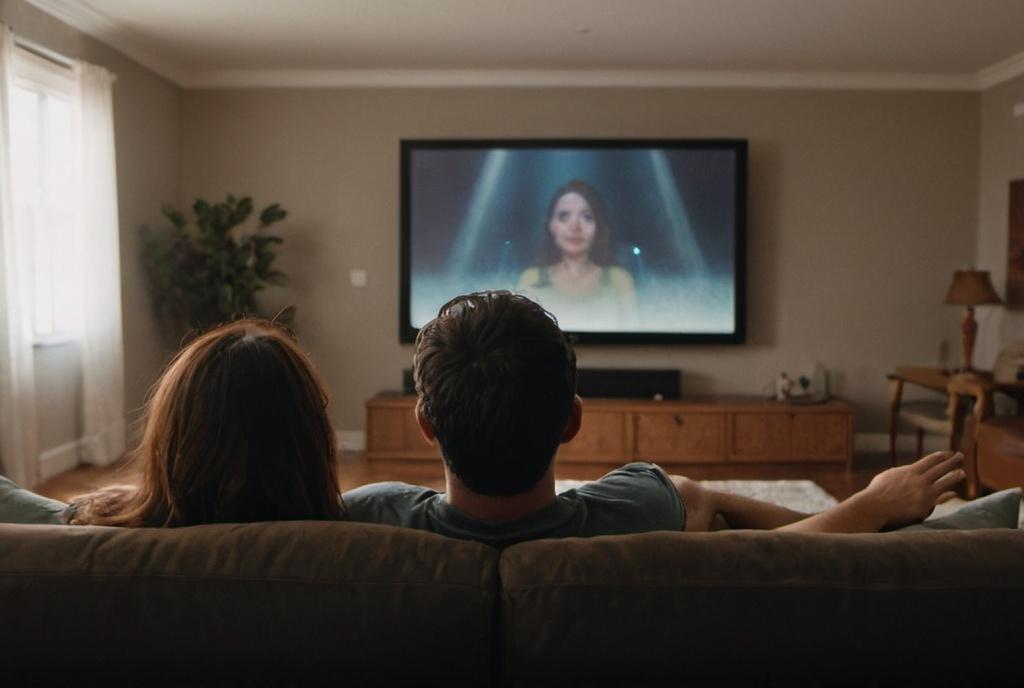
Key Take Aways About union rules for film crews
- Film crews are supported by multiple unions like DGA, IATSE, and SAG-AFTRA.
- Collective Bargaining Agreements (CBAs) set standards for wages, work hours, and benefits.
- Unions ensure fair pay, with set minimum wages, and monitor complex working hours.
- Rest periods, such as turnarounds, are essential for crew safety and efficiency.
- Health and safety standards are enforced, including safety gear and training.
- Unions provide benefits like health insurance and retirement plans.
- Job security is enhanced through union protection against arbitrary firings.
- Union rules influence production processes, balancing fair conditions and budget challenges.

Union Rules for Film Crews
Film crews keep the magic rolling behind the camera, and their work is no small feat. They’re bound by union rules, which can sometimes sound like they’ve been ripped straight out of a dense novel. The rules are there for good reasons, though. They ensure fair wages, working conditions, and that everyone gets to go home in one piece at the end of the day. These rules might sometimes feel like they’re as old as silent films, but they play a crucial role in modern cinema.
The Basics of Union Involvement
The film industry is peppered with unions, like the Directors Guild of America (DGA), the International Alliance of Theatrical Stage Employees (IATSE), and the Screen Actors Guild (SAG-AFTRA). Each union has its own set of guidelines, and they cover a vast array of roles from cinematographers to gaffers. These organizations often negotiate on behalf of their members to secure better contracts and conditions.
One of the core pieces of the union puzzle is the collective bargaining agreement (CBA). This isn’t just some fancy talk for a meeting over coffee—it’s an official contract that sets the standards for wages, work hours, benefits, and a whole bunch of other nitty-gritty details. These agreements help maintain industry standards and ensure that workers aren’t left hanging.
Wages and Working Hours
Union rules help make sure that workers get a fair shake when it comes to pay. For example, a union grip on an indie film might earn different pay from one working on a blockbuster. But thanks to the unions, there’s usually a minimum wage that’s non-negotiable, ensuring that workers aren’t exploited.
The rules around working hours can be complex, too. Typically, a standard day runs about 8 to 12 hours. If the schedule starts to stretch like the runtime of an epic director’s cut, overtime kicks in. And let’s face it, no one wants to work until they feel like a zombie—safety and sanity on set are crucial.
Rest Periods and Turnaround
Ever heard of the term “turnaround”? It’s basically the time between wrapping up one day of filming and starting the next. Unions ensure that crew members get a decent amount of downtime to rest, usually at least 10 hours, though it can change depending on the contract. Just imagine trying to operate a boom mic after only a couple of hours of sleep—sounds like a blooper reel waiting to happen.
Health and Safety Standards
Walking onto a film set without proper safety measures is like playing with fire. Unions enforce standards that keep workers safe—from requiring safety gear to mandating specific training sessions. Accidents on set can be as unpredictable as a twist ending, so these rules aren’t to be taken lightly.
Benefits and Protections
Unions don’t just stop at wages and safety. They ensure that film crew members get benefits ranging from health insurance to pension plans. This means that even when the final cut’s been made and the credits roll, workers have a safety net to fall back on.
Healthcare and Retirement Plans
Healthcare’s a biggie in union negotiations. Members often have access to group health insurance, which is a relief because, let’s face it—freelancing in film can be as unpredictable as a Tarantino script. What’s more, retirement plans help workers ensure that their future isn’t as uncertain as the box office return on a new indie flick.
Job Security
Job security in the film biz? It sounds like a tall tale, yet unions work towards protecting jobs and ensuring fair treatment. They safeguard against arbitrary firings and ensure that experienced crew members get a shot at new gigs. It’s like having a bit of plot armor in an otherwise capricious industry.
The Impact on Production
Union rules can influence how a film is made—sometimes they make the journey smoother, other times they can slow things down. Producers may eye union rules with a mix of respect and trepidation, balancing the budget with demands for fair pay and conditions.
For indie filmmakers working with limited budgets, these rules can feel like they’re rolling credits before the big climax. However, the protections offered aren’t just about dollars and cents—they’re about preserving the crew’s wellbeing, which, in turn, helps protect the entire production.
Working Through Challenges
Negotiations between unions and producers can occasionally lead to tense standoffs, like a standoff in a high-drama scene. But through dialogues and negotiations, agreements are usually reached that allow both sides to emerge without major plot twists.
Film crew union rules, while sometimes causing producers to scratch their heads, ultimately support the behind-the-scenes heroes and help maintain the magic of cinema. So, next time a film rolls around, remember the unsung crew members making sure that you laugh, cry, or gasp in awe, all under the protective umbrella of union rules.



